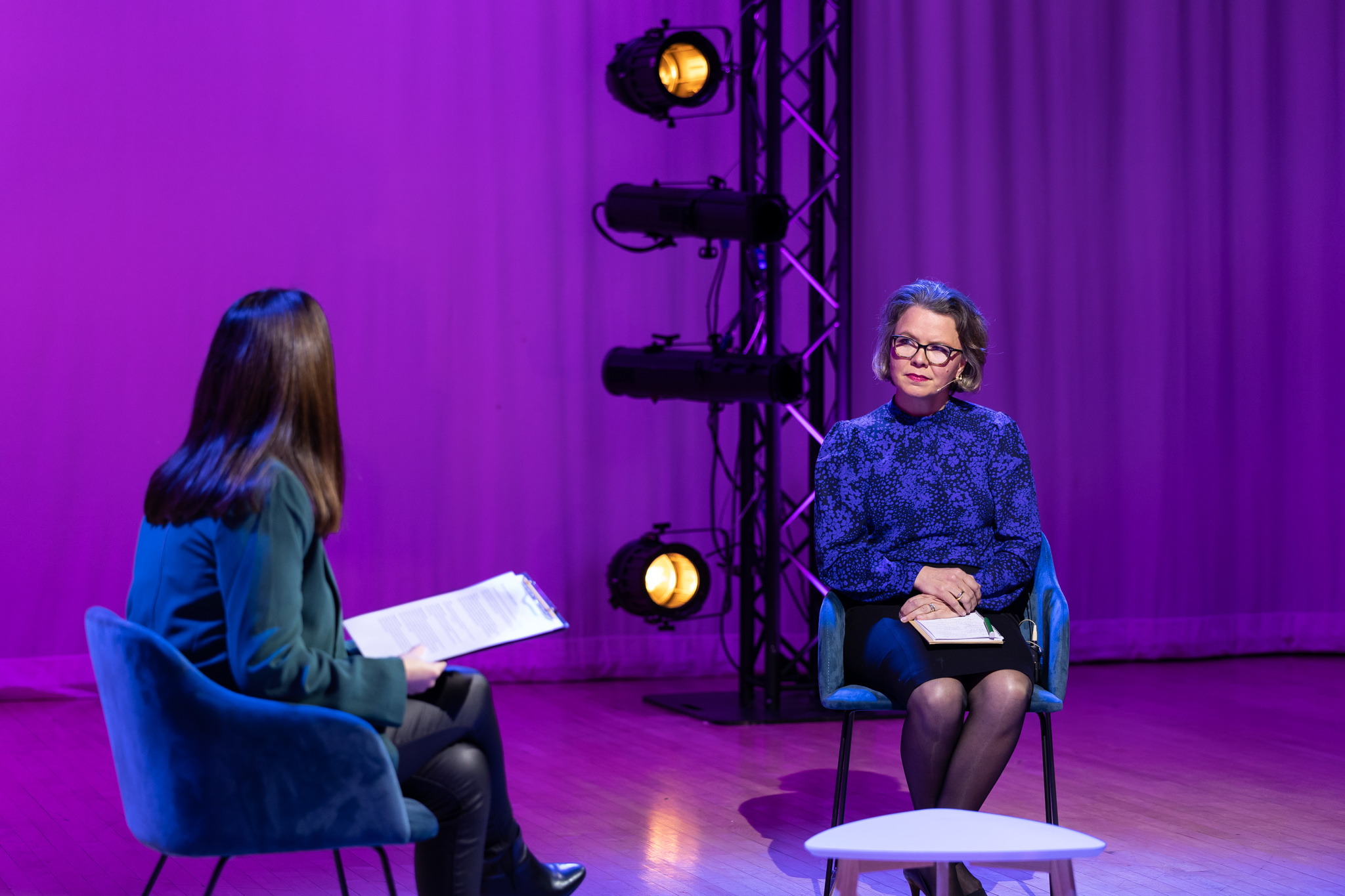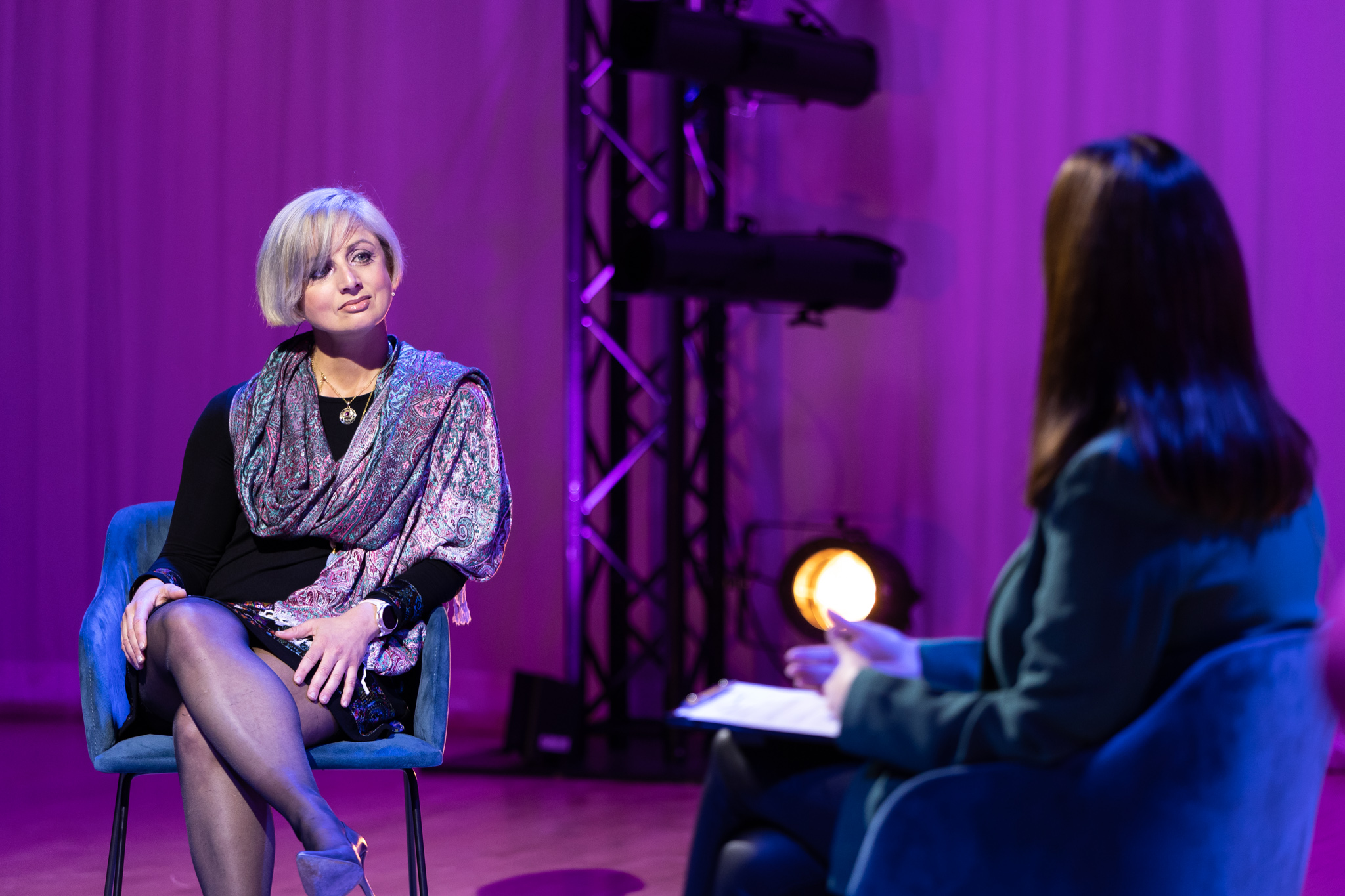Pricing art is arguably one of the more delicate and controversial facets of the creative industries. ACMHangouts discusses the issue with various professionals.
ACMHangouts, coordinated and hosted by Elaine Falzon, is back with a new February session that tackles the various issues surrounding the value of art and pricing. With the prices and values attached to various artforms still widely considered as subjective, this month’s guests discuss the various challenges brought about by a lack of official parameters and how these may be solved.

Arts Sweven founder and curator Melanie Erixon focuses on visual arts, pointing out that there are different aspects of how an artist may objectively reach a certain value or price to their art. These include the number of exhibitions under their belt, whether any works of their are part of museum collections, or even private collections.
Nowadays, the value attached to artworks at auctions is also being given importance. Erixon discusses how this isn’t always necessarily a true reflection of the artist’s work, and that it is very often affected by external factors such as marketing and media hype. With some collectors buying without even seeing the works, what kind of impact is this having on the eco-system at large?

Rachel Blackburn, Head of Culture at APS Bank, focuses on the value that is attached to art within a corporate set up. What is the drive for corporate entities to invest in art? She explains how the bank does not commission works of art, but rather is approached by artists who then undergo a rigorous selection process. Within a corporate structure, it’s crucial to align the work to the values of the company, she explains.
The value of art from a corporate point of view is never based on Return on Investment, Blackburn adds. Rather, it’s a matter of return to Community, with the bank responding to the needs of artists and the artistic eco-system. As an example, she discusses the APS Arts Festival that was held last year, in response to the constraints being felt by the arts industry due to COVID. In this case, the value of art is not transactional.

Actor Leanne Abela discusses the issue from the point of view of both artist and audience. She notes how some members of the audience might view a E20 theatre ticket as expensive, but this would be because they are unaware of all the work that has gone into the production. Moreover, while pricing needs to reflect expenses, it also needs to take into account the artist fee, a concept that Malta still struggles with.
Abela brings up the point that the value of art reflects an entire process, rather than the one-hour performance that the audience watches. With the process starting months, or even years, before, these elements should all be reflected in the final value.

The fourth guest in this edition of the ACMHangouts is dancer and choreographer Pamela Kerr, who also places importance upon the process of a production, describing how people sometimes mistakenly assume that a 15-minute choreography means that the artist has only worked for 15 minutes.
She stresses the difference between amateur and professional artists, explaining that when a full-time artist spends everyday practising their art, it cannot be valued in the same way as an amateur actor who would only practice a few hours a week. The distinction, she says, is not a subjective one and is one that anyone with artistic experience will recognize. Quantity of time and quality go hand in hand and, ultimately this needs to be acknowledged in the value of the art in question.
Finally, MEIA president Howard Keith Debono speaks about setting prices and the importance of focusing on the audience experience, referring to the artists' responsibility in terms of the latter. He discusses the ways in which artists approach producers, and the necessity of being realistic in terms of where they stand in their career. He concludes by stressing the role of associations like MEIA in respect of establishing guidelines about artists’ fees.
Watch the session below.
Submitting ...
Saving ...
Any applications related to this entity, will also be automatically deleted.